The Italian Pavilion at the Venice Architecture Biennale 2023 will be curated by Fosbury Architecture, a collective consisting of Giacomo Ardesio, Alessandro Bonizzoni, Nicola Campri, Veronica Caprino, and Claudia Mainardi. Their curatorial vision centers around the idea that design is the product of collective and collaborative work. To activate different locations across Italy in preparation for the Biennale, nine site-specific interventions titled “Spaziale presenta” will be implemented by Fosbury Architecture from January to April.
The culmination of these interventions will be showcased in the Italian Pavilion from May 20 to November 26, 2023. The exhibition, “Spaziale: Everyone Belongs to Everyone Else,” aims to offer a unique and original portrayal of Italian architecture within the global context. It serves as a formal and theoretical synthesis of the processes initiated in the nine regions during the preceding months.
Here is a conversation between Fosbury Architecture and Serra Utkum Ikiz of PA!
Serra Utkum Ikiz (PA): Can you discuss the development process behind the “Spaziale: Everyone Belongs to Everyone Else” for the 2023 Venice Biennale, and how did you approach creating a cohesive narrative that draws together the nine site-specific interventions and reflects the unique perspective of Italian architecture within the global context?
Fosbury Architecture: We chose to use the exhibition at the Italian Pavilion, in Venice, as an opportunity to activate nine concrete projects on the Italian territory. These nine interventions portray nine paradigmatic sites of fragility or transformation of the Italian context. The cohesion between all of them lies in the attitude to the project: all the practitioners invited, that we nominated ‘Spazialisti’ (as a poor translation of the definition coined by Jane Rendell for ‘critical spatial practices’) are agents operating “at a triple crossroads: between theory and practice, between public and private, and between art and architecture.
Serra (PA): How does the curatorial project of the Italian Pavilion address the challenge of the survival of the human species in the face of future climate change, and what role does architecture play in this context?
Fosbury Architecture: We have long wondered about the ethical role and environmental impact of temporary events of this scale: whether exhibitions, concerts or fairs. All are extractive processes that dissipate a great deal of energy and resources. Climate Change is one of the impossible challenges of contemporary times, a hyper object – to use Morton’s words – and architecture alone cannot provide solutions. So, in our view, it is a matter, on the one hand, of recognizing it as part of the problem, as one of the most globally influential factors in the environmental crisis.
On the other hand, to reflect on the format of the events and drastically rethink their flows and timing in a sustainable way. For these reasons we decided to stretch the “duration” of the Pavilion as much as possible beyond the canonical six months of the Biennale, trying to make sure that all the accumulated energy would not be exhausted upon the opening.
Serra (PA): Can you discuss some of the challenges you faced during the conceptualization and design of the pavilion, and how did you navigate these challenges to create an exhibition that not only showcases the unique perspective of Italian architecture but also engages and challenges the visitors?
Fosbury Architecture: The goal for us was to try to engage the visitor in a true space-time outside that of the pavilion. Therefore, the exhibition is a mise en abyme of nine installations to narrate – through an immersive video projection – their realization, the communities for which they were produced and the places in which they insist. The nine interventions, which come from seemingly disconnected contexts, confront each other for the first time in Venice: showing the visitor that small local actions can suggest global solutions and that the fragilities of some are the challenges of all.
Serra (PA): What considerations went into selecting the materials used in the creation of the Italian Pavilion, and how does the material reflect the curatorial project’s theme and message?
Fosbury Architecture: As a general approach we wanted to avoid reducing the physical interventions to scale representations or models. We decided to work only with 1-to-1 materials. Among the 9 installations there are different formats through which each activation is physically translated within the pavilion. In some cases, it is the transport of an artifact from its original location to the pavilion. In other cases, it is an abstraction of the spatial condition that was created. In other cases, it is a prototype of the local intervention. Almost nothing is thrown away.
Serra (PA): The theme of the Italian Pavilion, “Everyone Belongs to Everyone Else,” promotes collective and collaborative work in architecture. However, some argue that architecture is inherently individualistic, with architects seeking personal recognition for their designs. Can true collaboration in architecture exist, or is it a romanticized ideal that is impossible to achieve in practice?
Fosbury Architecture: We strongly believe in the idea of architecture as a collaborative practice. It may sound provocative but it is the only way we know how to operate in the field of design. After all, even in the case of major firms, headed by major architects, the ‘Archistar’ if we wanted to use a label, every project which is built from a concept, is never the result of a single hand, but is a team effort.




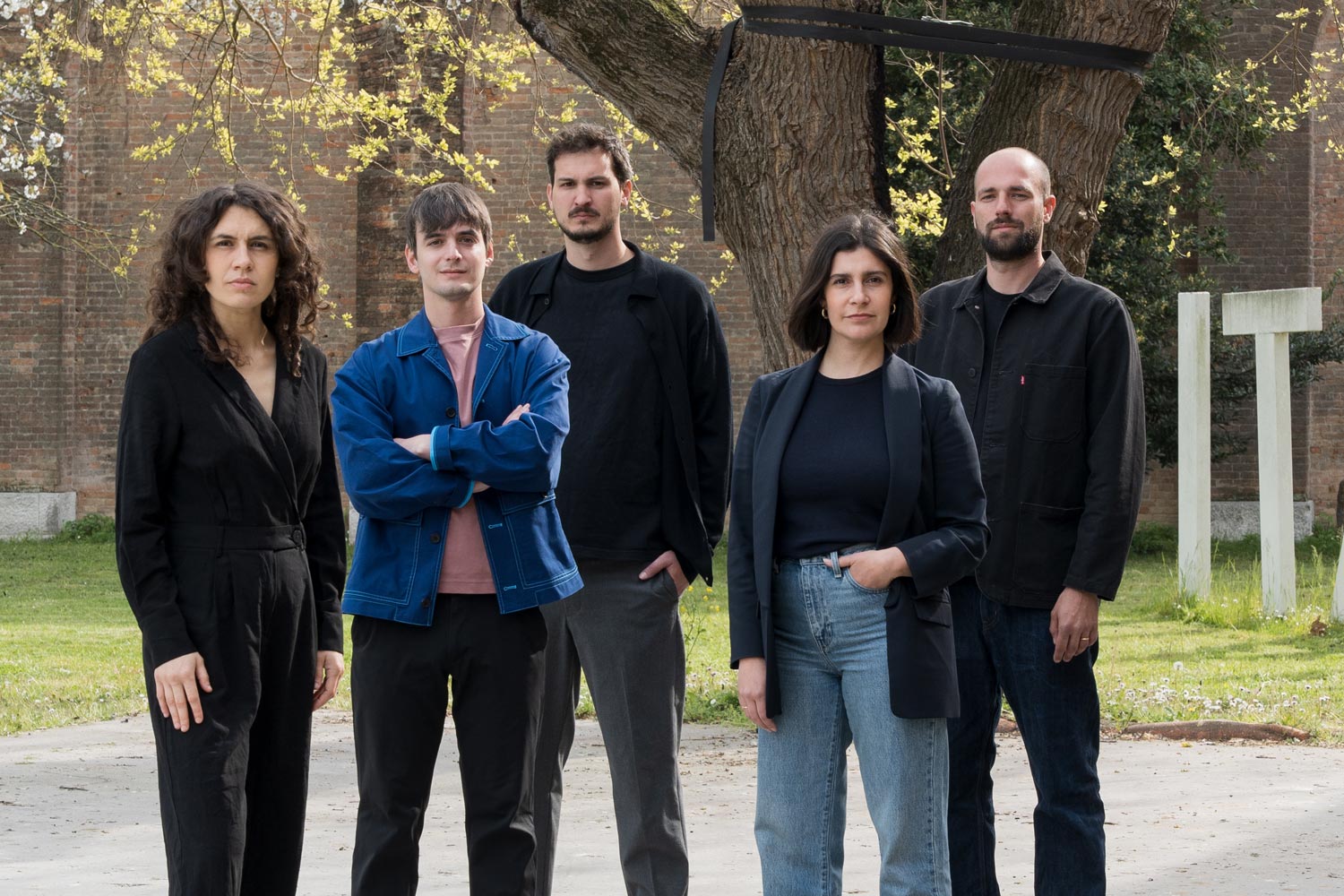
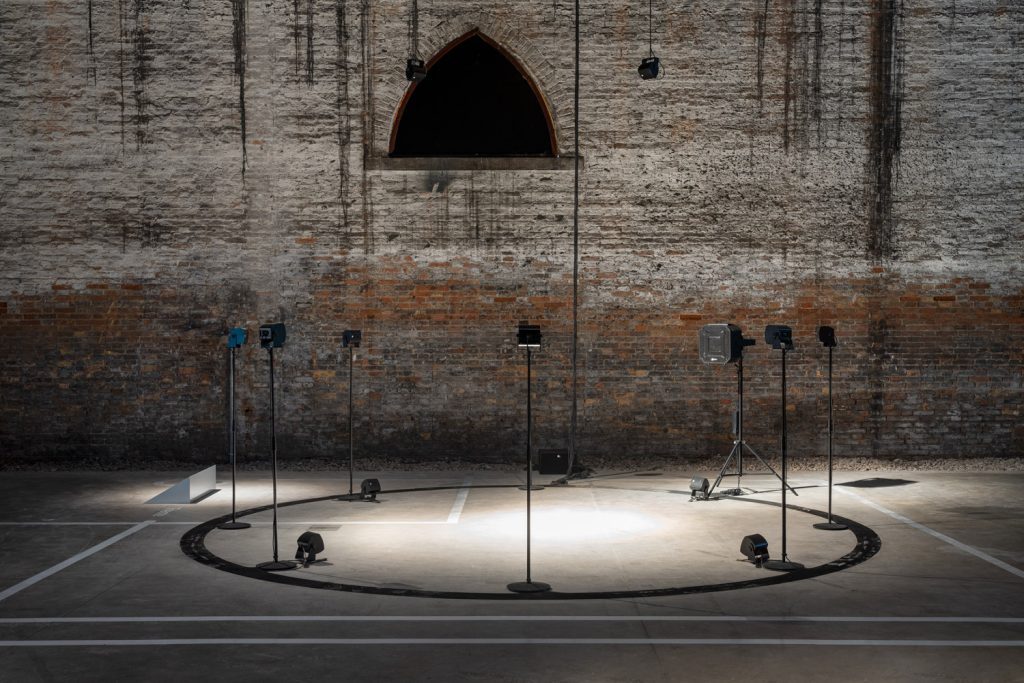
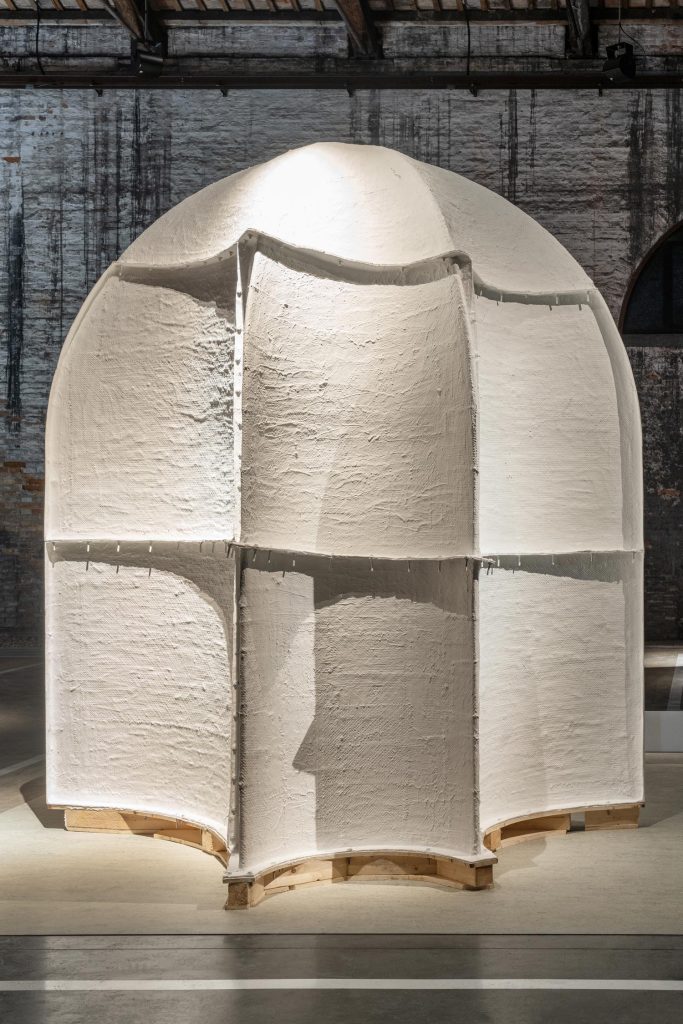
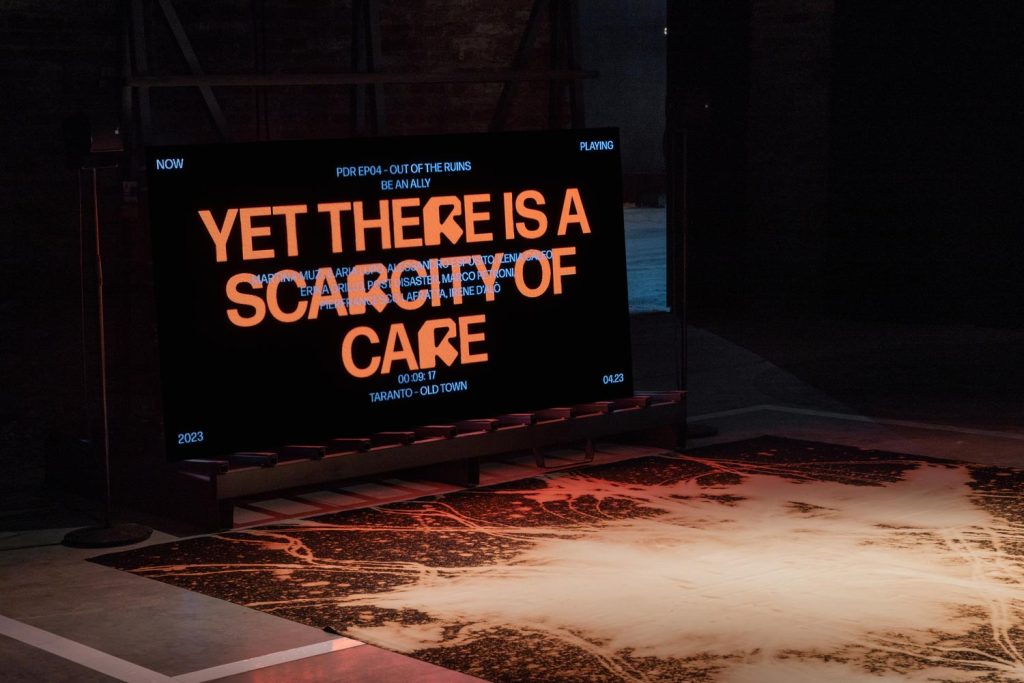
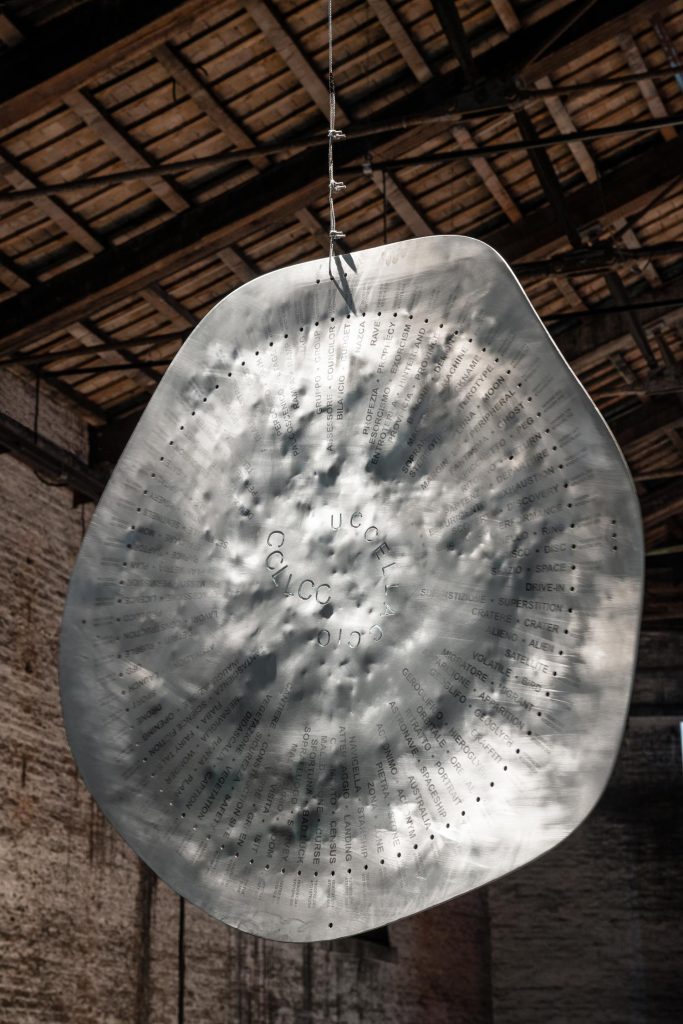






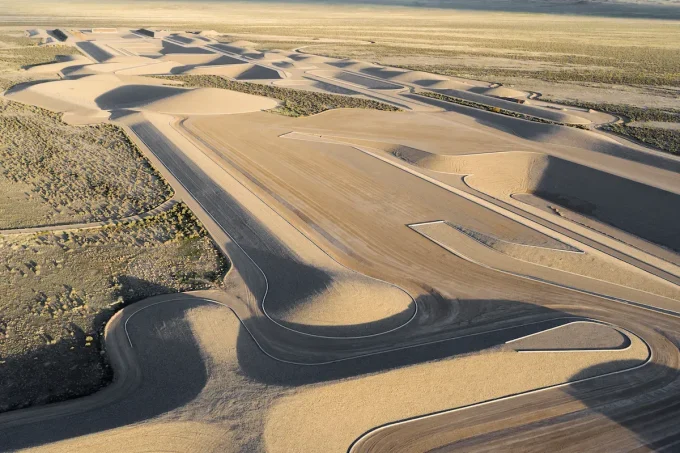







Leave a comment